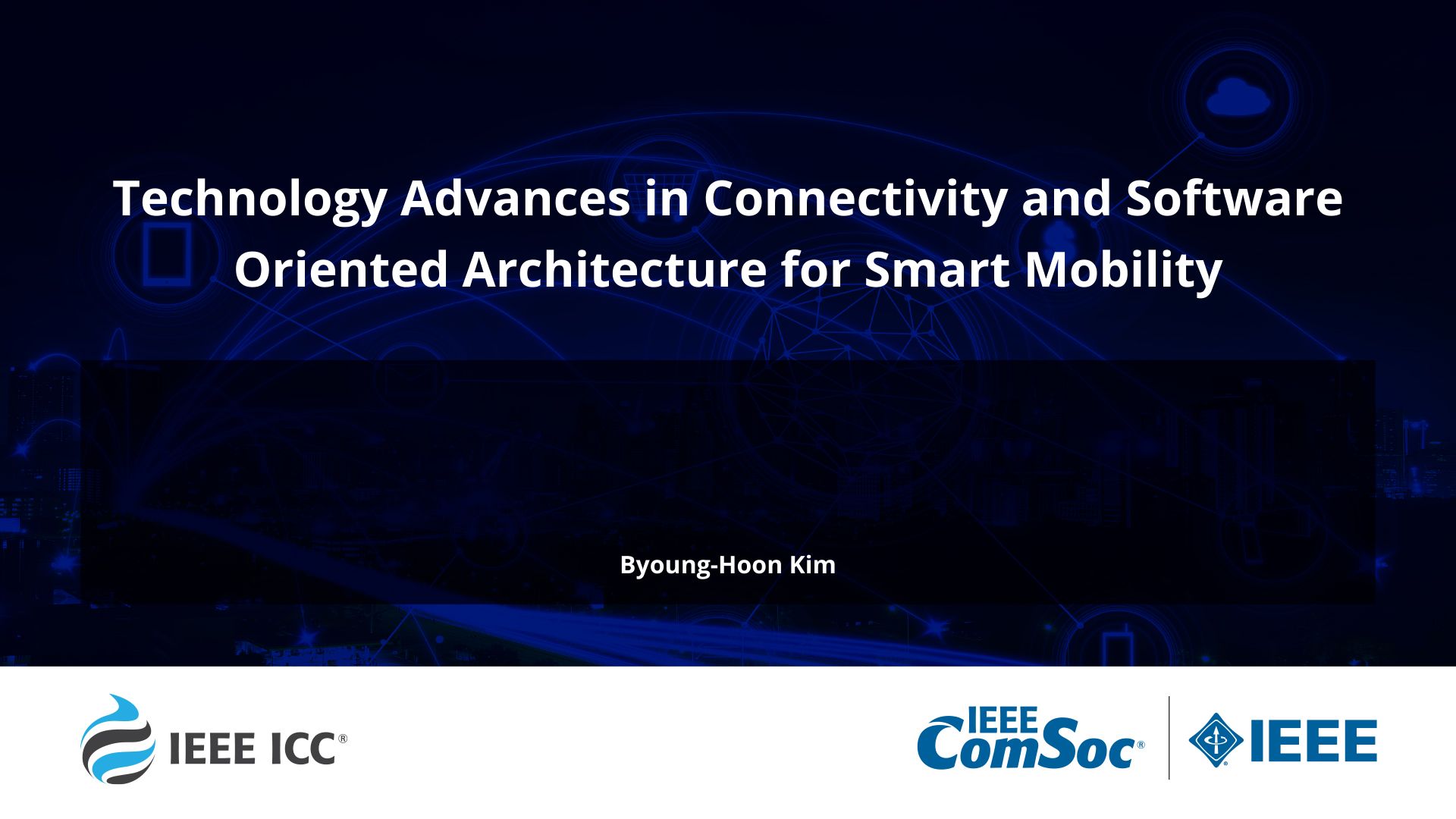
Vehicular connectivity and computing technologies are key components in realizing smart mobility experiences, for which automotive industry is making a drastic architectural transformation toward software defined vehicle (SDV). The SDV is expected to evolve like a smartphone or a 5G software defined network (SDN), efficiently upgrading in-vehicle infotainment, road safety, and autonomous driving experiences with the help of internal and external networking and artificial intelligence capabilities. In-vehicle network (IVN) has evolved from a distributed architecture connecting dozens of electronic control units (ECUs) through a controller area network (CAN) bus to a domain-based architecture connecting a substantially reduced number of (e.g., a dozen of) ECUs through Ethernet, which will further evolve to a zonal architecture connecting only a few zone-based ECUs and a central computing unit. To this end, multi-gigabit Ethernet and time sensitive network (TSN) protocol supporting broadband and low-latency data communication are to be applied as key enablers. At the same time, service oriented architecture (SOA) and software over the air (SOTA) technologies are also essentially required, based on which the central computing unit can virtualize a variety of in-vehicle functions with SW applications, thereby reducing communication efforts between ECUs and focusing on improvement of customer experiences. From the perspective of external connectivity, remarkable technology innovations are in progress in antenna, radio protocol, and software application. Vehicular antenna system is evolving to provide solid communication performances in any direction through implementation of multiple distributed antennas while lifting exterior design restrictions through innovation of each antenna element. For the radio protocol, the cellular vehicle-to-everything (C-V2X) standard makes it possible to connect a vehicle with any other entities including vehicles, pedestrians, road infrastructures and cloud networks using 4G and 5G communication technologies. Moreover, the Soft V2X technology invented by LG Electronics can deploy software application based V2X services without dependency on dedicated connectivity hardware, which will enable easy and fast service penetration and effectively expand V2X use cases to personal mobility vehicle (PMV), mobile robot, uncrewed aerial vehicle, and the others. Based on the above technology innovations, LG Electronics will make a great leap forward in future smart mobility and realize truly safe, comfortable, and convenient “Moving Home” experiences for drivers and passengers.


